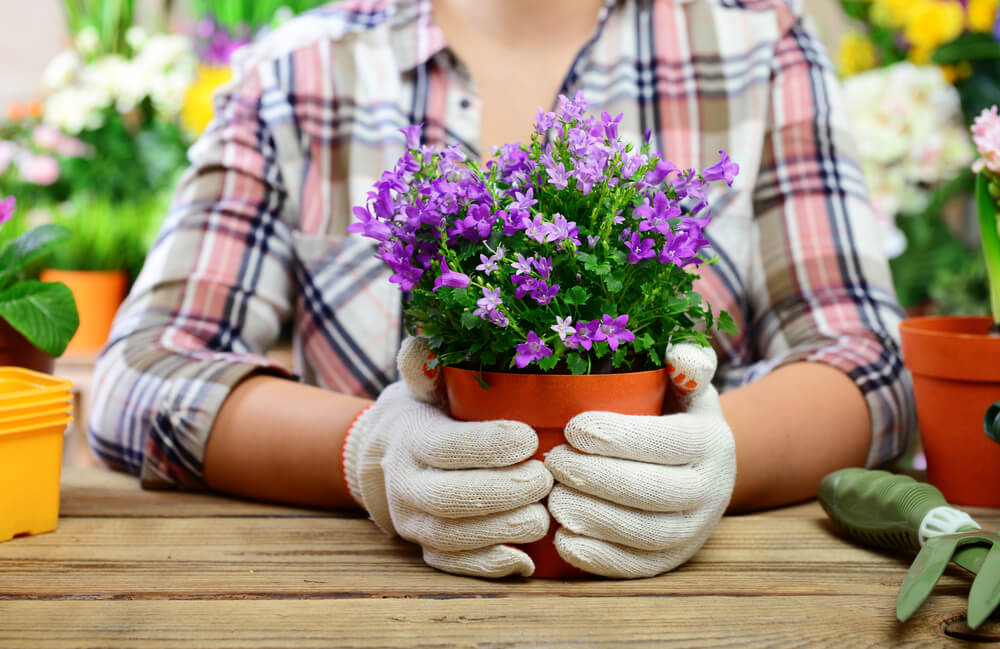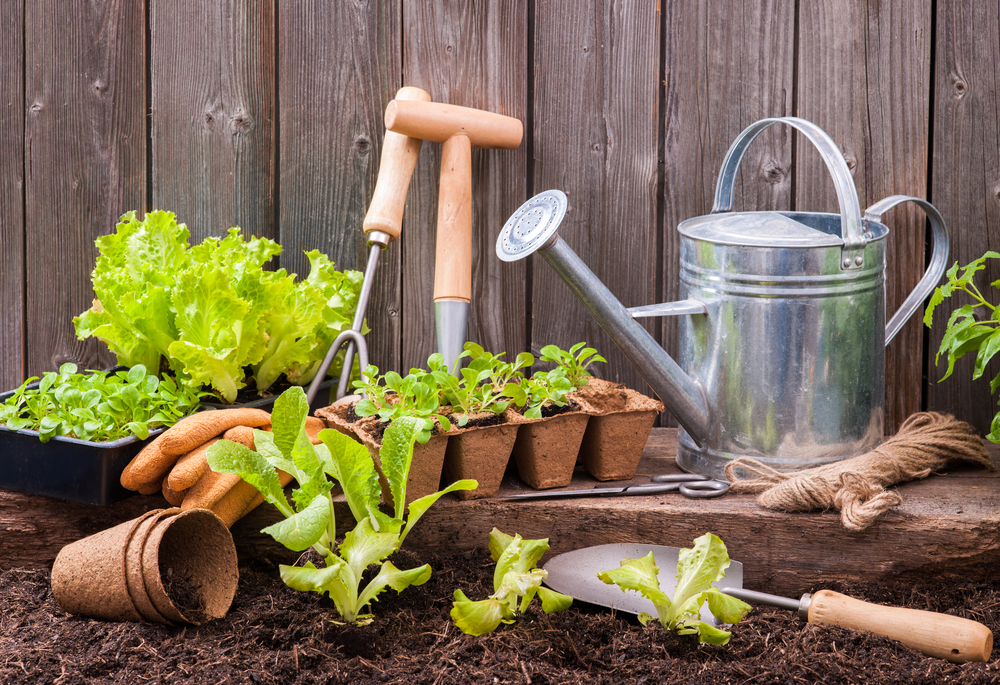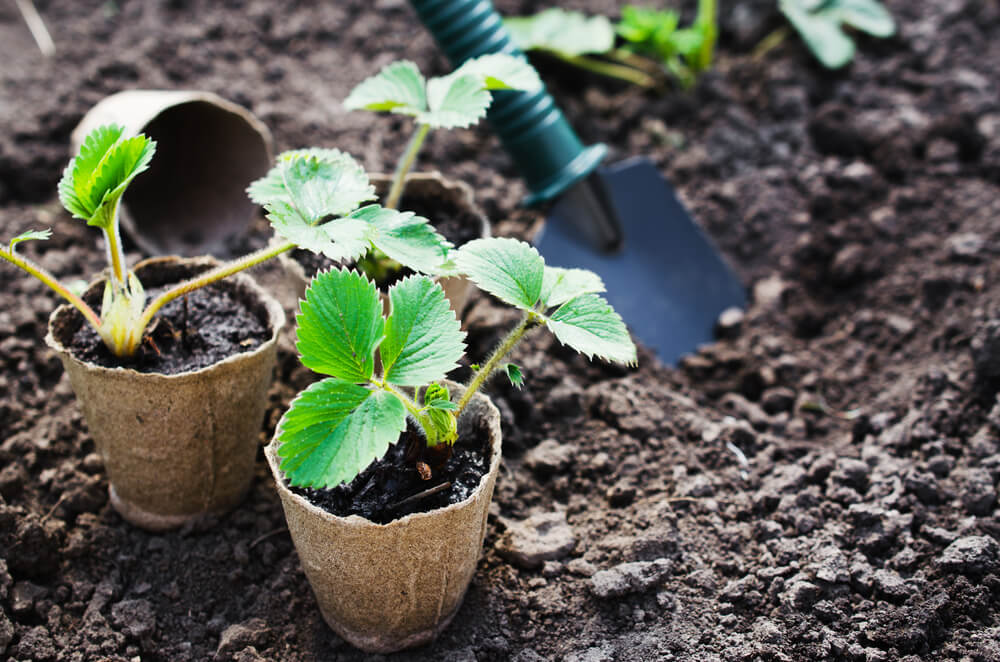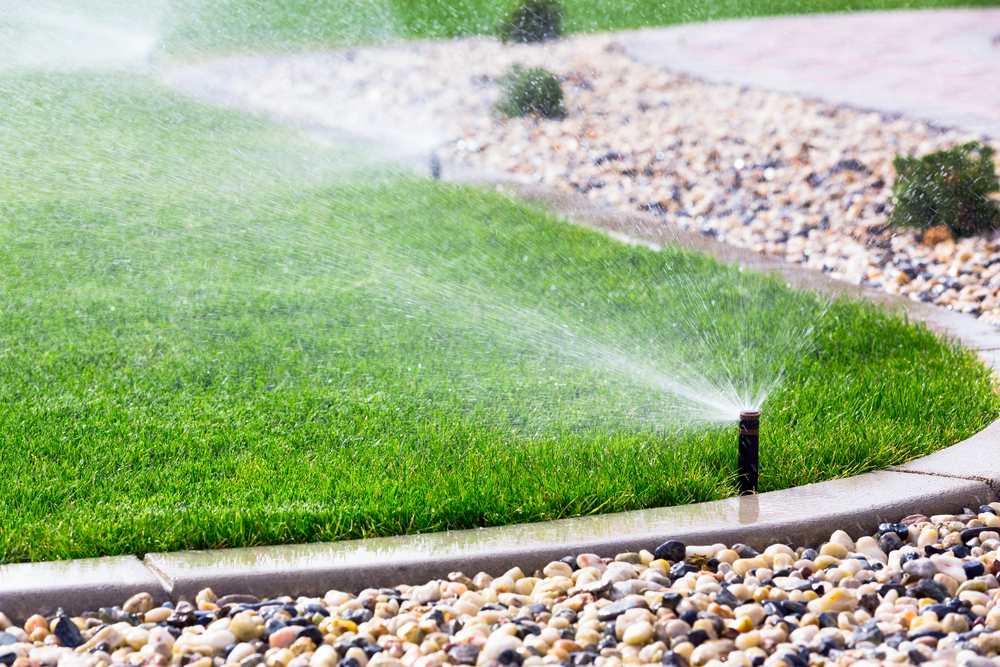8 Tips for Growing Vegetables at Home

Urban gardens have gained a lot of popularity over the past years. They aren’t only a way to make use of empty space, but these gardens have also become a lifestyle for lovers of gardens and everything organic. Thinking about growing vegetables at home? Read our advice before getting started.
Planting vegetables isn’t a hard task in itself, but learning about helpful methods and products beforehand can be a big help. Having a few ideas of which vegetables you want to plant and how to care for them will also keep things running smoothly. Want to give it a try? Let’s get to work!
8 tips for growing vegetables at home
You don’t have to have a big garden to grow vegetables. In fact, some species will grow just fine in pots. What really matters is taking proper care of them and, above all, following some basic tips on gardening.
1. Use appropriate containers

Our first tip for growing vegetables at home is finding the right containers. The sizes that you choose should be appropriate for the vegetable that you want to plant. You can use pots, planters, cultivating tables or another type of container.
Just make sure that they’re light and you can move them easily. Also, double-check that they have a good drainage system to eliminate excess water.
2. Use the right kind of soil
Picking out the right soil is no trivial task. In fact, a poor substrate selection is usually what causes the problems that plague the start of many home gardens.
Double-checking that your soil recreates the same eco-systemic conditions of your plants is crucial. The right soil provides your vegetables with the basic nutrients that they need to grow.
3. Plan out your space

Thinking about growing vegetables in your backyard? Or do you just have a balcony? You should have a clear idea of how much space your plants will need to organize them properly. Avoid overcrowding spaces like balconies or windowsills.
To give your plants as much sun as possible, keep the shorter ones in front of the taller ones. The south-east side of a balcony or patio is the best area for sunlight.
4. Keeping diseases under control
Keeping your plants healthy from diseases is something you should consider before planting anything. Anyone who’s interested in starting a home garden should be well aware that their plants will be vulnerable to diseases.
Try out natural solutions before turning to chemical products. For example, you could try planting marigolds as a means to protect your tomatoes and cabbages.
5. Prevent weeds

Knowing how to stop weeds in their tracks is a priceless gardening tool. One way to keep them from growing in your vegetable patch is sprinkling fertilizer around your plants once their roots are more developed.
Another idea is covering the soil around your plants with dried leaves, creating a “protective layer” that keeps weeds from growing. Or, you can try laying down a sheet of newspaper before distributing the fertilizer.
6. Plant different species together
Even if space is tight, you can plant all kinds of different vegetable species. If you’re just starting out, we recommend starting with varieties like:
- Onions
- Garlic
- Spinach
- Radishes
- Lettuce
- Aromatic herbs
7. Set up a good watering system

As with all plants, vegetables need basic care like watering. However, don’t overdo it because humidity can make them rot. Automatic sprinklers or watering systems can be a great option. If that’s not possible, make sure you have easy access to a faucet so you can water without difficulties.
8. Prepare an organic fertilizer
There is a wide variety of commercial fertilizers out there, but a great idea is taking care of your plants with organic options. You could use egg shells, banana peels, gelatin powder, used coffee grounds and many other elements.
Did you like our planting tips? If you already have experience in growing vegetables at home, share it with us! We’d love to hear your tips, too!
Urban gardens have gained a lot of popularity over the past years. They aren’t only a way to make use of empty space, but these gardens have also become a lifestyle for lovers of gardens and everything organic. Thinking about growing vegetables at home? Read our advice before getting started.
Planting vegetables isn’t a hard task in itself, but learning about helpful methods and products beforehand can be a big help. Having a few ideas of which vegetables you want to plant and how to care for them will also keep things running smoothly. Want to give it a try? Let’s get to work!
8 tips for growing vegetables at home
You don’t have to have a big garden to grow vegetables. In fact, some species will grow just fine in pots. What really matters is taking proper care of them and, above all, following some basic tips on gardening.
1. Use appropriate containers

Our first tip for growing vegetables at home is finding the right containers. The sizes that you choose should be appropriate for the vegetable that you want to plant. You can use pots, planters, cultivating tables or another type of container.
Just make sure that they’re light and you can move them easily. Also, double-check that they have a good drainage system to eliminate excess water.
2. Use the right kind of soil
Picking out the right soil is no trivial task. In fact, a poor substrate selection is usually what causes the problems that plague the start of many home gardens.
Double-checking that your soil recreates the same eco-systemic conditions of your plants is crucial. The right soil provides your vegetables with the basic nutrients that they need to grow.
3. Plan out your space

Thinking about growing vegetables in your backyard? Or do you just have a balcony? You should have a clear idea of how much space your plants will need to organize them properly. Avoid overcrowding spaces like balconies or windowsills.
To give your plants as much sun as possible, keep the shorter ones in front of the taller ones. The south-east side of a balcony or patio is the best area for sunlight.
4. Keeping diseases under control
Keeping your plants healthy from diseases is something you should consider before planting anything. Anyone who’s interested in starting a home garden should be well aware that their plants will be vulnerable to diseases.
Try out natural solutions before turning to chemical products. For example, you could try planting marigolds as a means to protect your tomatoes and cabbages.
5. Prevent weeds

Knowing how to stop weeds in their tracks is a priceless gardening tool. One way to keep them from growing in your vegetable patch is sprinkling fertilizer around your plants once their roots are more developed.
Another idea is covering the soil around your plants with dried leaves, creating a “protective layer” that keeps weeds from growing. Or, you can try laying down a sheet of newspaper before distributing the fertilizer.
6. Plant different species together
Even if space is tight, you can plant all kinds of different vegetable species. If you’re just starting out, we recommend starting with varieties like:
- Onions
- Garlic
- Spinach
- Radishes
- Lettuce
- Aromatic herbs
7. Set up a good watering system

As with all plants, vegetables need basic care like watering. However, don’t overdo it because humidity can make them rot. Automatic sprinklers or watering systems can be a great option. If that’s not possible, make sure you have easy access to a faucet so you can water without difficulties.
8. Prepare an organic fertilizer
There is a wide variety of commercial fertilizers out there, but a great idea is taking care of your plants with organic options. You could use egg shells, banana peels, gelatin powder, used coffee grounds and many other elements.
Did you like our planting tips? If you already have experience in growing vegetables at home, share it with us! We’d love to hear your tips, too!







